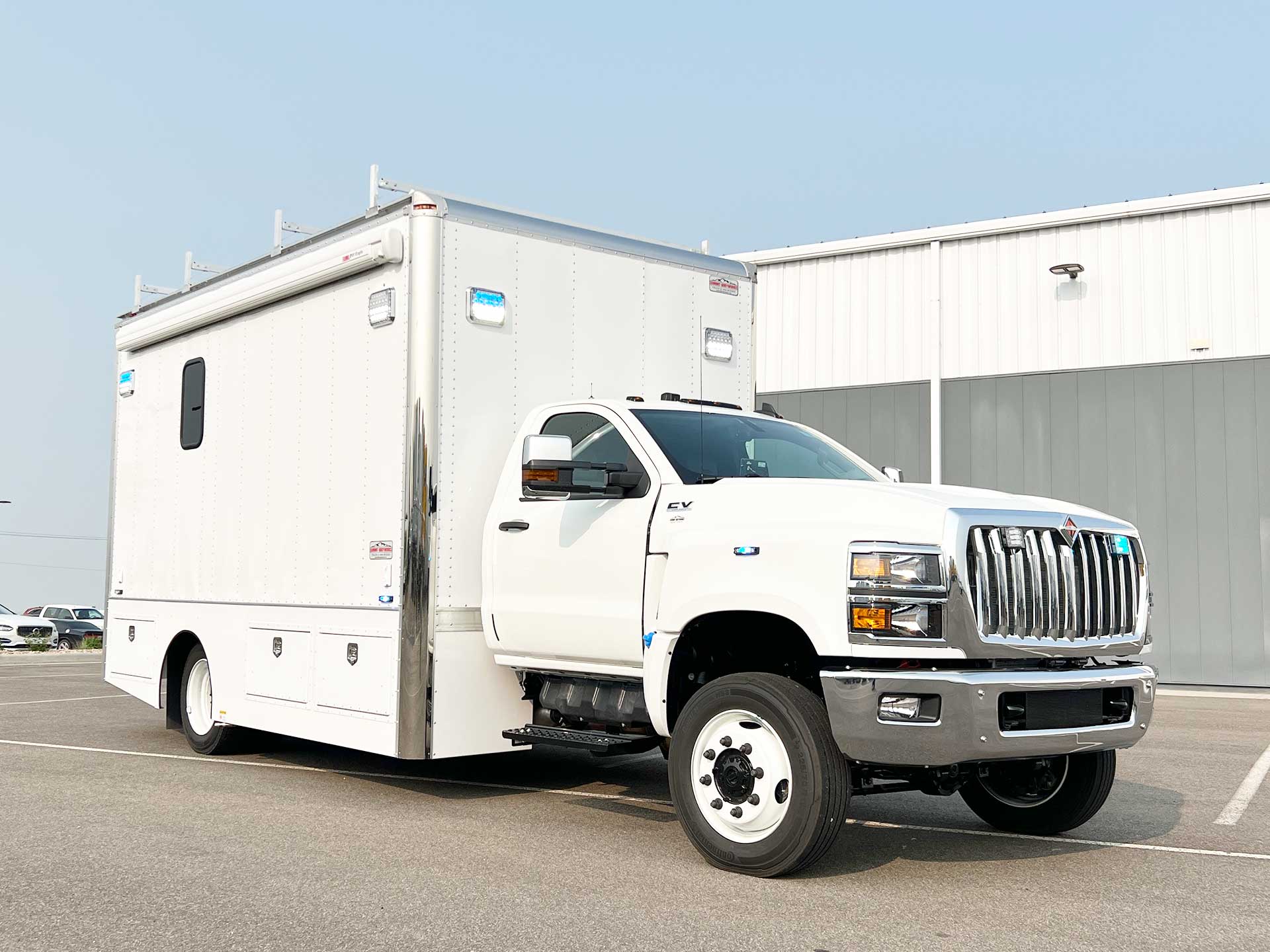What is a mobile command vehicle?
Mobile command vehicles are very reliable and cost-effective, and they are designed specifically to get to a certain location as rapidly as possible. Their streamlined size allows them to maneuver easily in urban and rural areas. Most are used to remotely dispatch units, coordinate radio systems, provide support for video conferencing, teleconferencing, information acquisition, and more. In all of this, the mission of the mobile command vehicle is always the same: to establish and improve communication.
The mission that a mobile command vehicle is designed to fulfill can vary widely from state to state, city to city, and even from department to department. They may be used for national disasters, terrorist attacks, events that require heightened security, or local accidents and emergencies. Thankfully, MCVs are flexible and can be used to fulfill a variety of functions. Departments may even lend their mobile command vehicles to each other during a moment of crisis.
What types of missions are mobile command vehicles used for?
They may have, for example, data analysis and processing capabilities. They may also have small meeting and conferencing areas inside, allowing personnel to remotely oversee, control, and respond to threats that are happening in a nearby location.
Mobile command vehicles are sent out to establish communication during a variety of situations, including emergencies, accidents, and national or local security threats. While they are designed for crisis control, their primary function is for communication. Many have access to satellite, internet, video, and radio. They can operate at a federal, state, or local level, and they are specially built for crisis control. They are often used to coordinate a rapid response to natural disasters, and they may also be used to provide security for large-scale events
What are the basic elements of a mobile command vehicle?
Mobile command vehicles vary in length from 18 – 45 feet in length and are custom-built on top of a chassis. Inside, they are outfitted with a variety of communication technology, including cellular and satellite data connectivity, video teleconferencing services, and multiple communication systems. As of 2018, the Department of Homeland Security reportedly had eight mobile command vehicles stationed in regional offices throughout the United States. In addition, they had four mobile command vehicles that operated out of SUVs, nicknamed the “Rabbits.” These SUV-based mobile command vehicles are designed to rapidly respond to threats, navigate a variety of terrains, and quickly establish a communication presence in almost any type of area. While SUV-MCVs often do not have the same technology and conferencing capabilities inside the vehicle due to their small interiors, they can be used in conjunction with traditional MCVs to provide a heightened response.
Is a CDL required to drive most mobile command vehicles?
In many cases, yes. Typically, a commercial driver’s license (CDL) is only required if you are driving a vehicle that has a gross vehicle weight rating (GVWR) of 26,001 pounds or higher. Though many mobile command vehicles are over this limit, many are also below it. Some may range as high as 54,000 GVWR while others may come in as low as 14,500 GVWR.
The GVWR requirement is issued at a federal level. Be aware, though, that CDLs are issued at the state level, and individual states may have their own licensing requirements. You should always check with your state’s department of transportation (DOT) or on your state’s official government website for the latest requirements. You can also keep up with CDL rules by checking with the Federal Motor Carriers Safety Administration (FMCSA).
Who typically needs a mobile command vehicle?
Mobile command vehicles are typically purchased, operated, and deployed by the federal, state, and local governments, as well as their partners. Some branches of government that operate mobile command vehicle programs include the U.S. Department of Homeland Security, the Federal Protective Service, and the National Protection and Programs Directorate
Mobile command centers are also commonly used by police and public safety departments in most major cities. During natural disasters, cities will often coordinate their response efforts in order to protect their communities. For example, in 2012, the New York City and New Jersey public safety departments deployed mobile command vehicles to monitor and coordinate a response effort to Hurricane Sandy. Mobile command vehicles were also used in San Diego in 2007 during the outbreak of wildfires.














